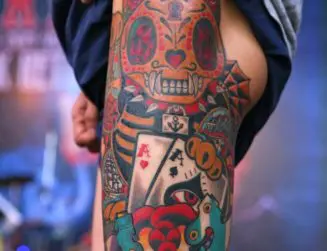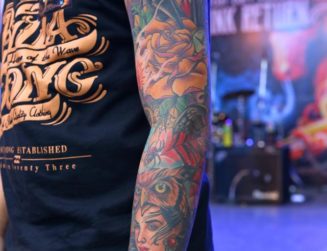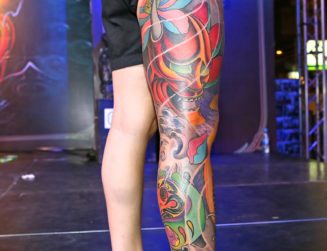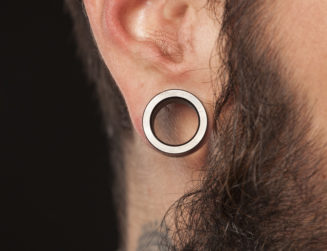


In the far-off past, tattoos were something only sailors had, and the only body part people pierced was their ears. Nowadays, piercings and tattoos are everywhere. But like anything you do in life — from driving a car to playing a sport — tattoos and piercings come with some risks. Taking a few precautions will help you get the best results from your new body art and avoid side effects, which can include allergic reactions to inks or piercing jewelry, infections caused by unsterile equipment and needles, and scarring.
“Body art is a popular form of self-expression, but people who decide to get a tattoo or body piercing should go to a licensed facility and take time to discuss the safety procedures with the artists working at the shop or tattoo parlor,” says Scott Bryan, a spokesman for the U.S. Centers for Disease Control and Prevention.
Fortunately, tattoos and piercings are safer than ever, but before you become a proud owner, it’s important to do your homework. Body artists are expected to adhere to strict safety procedures. By following safety procedures, tattoo artists and body piercers protect themselves and their customers from a range of viruses and bacteria that can cause illness.
Time out for tattoo talk
By following safety procedures, tattoo artists and body piercers protect themselves and their customers from a range of viruses and bacteria that can cause illness.
You’ve been working on a cool design and saving up for your first tattoo. Now it’s time to find a reputable studio and artist who will transfer your artwork from paper to skin. Tattoos are designs on the skin made with needles and colored ink. Getting “inked” is a major decision. Keep in mind that a tattoo is effectively permanent, and although it is possible to remove a tattoo, the process is expensive and painful.
“Go to an established tattoo shop, and ask questions when you go there,” says Mike Martin, vice president and health and education coordinator for the Alliance of Professional Tattooists. “With all your power, avoid going to somebody’s house for a tattoo.”
Fortunately, more and more states and counties are regulating tattoo studios and artists. But all too often, says Martin, tattoos are done in kitchens and garages, because tattoo equipment is inexpensive and easy to obtain. Getting a tattoo from unsterile equipment and inexperienced artists can put you, and the artist, at risk for life-threatening infectious diseases such as hepatitis or skin infections caused by certain bacteria. Martin advises tattoo seekers to do their homework. Find a legitimate facility and ask for a tour — the shop should be neat and clean. Don’t be shy about talking to the artists about safety procedures.






